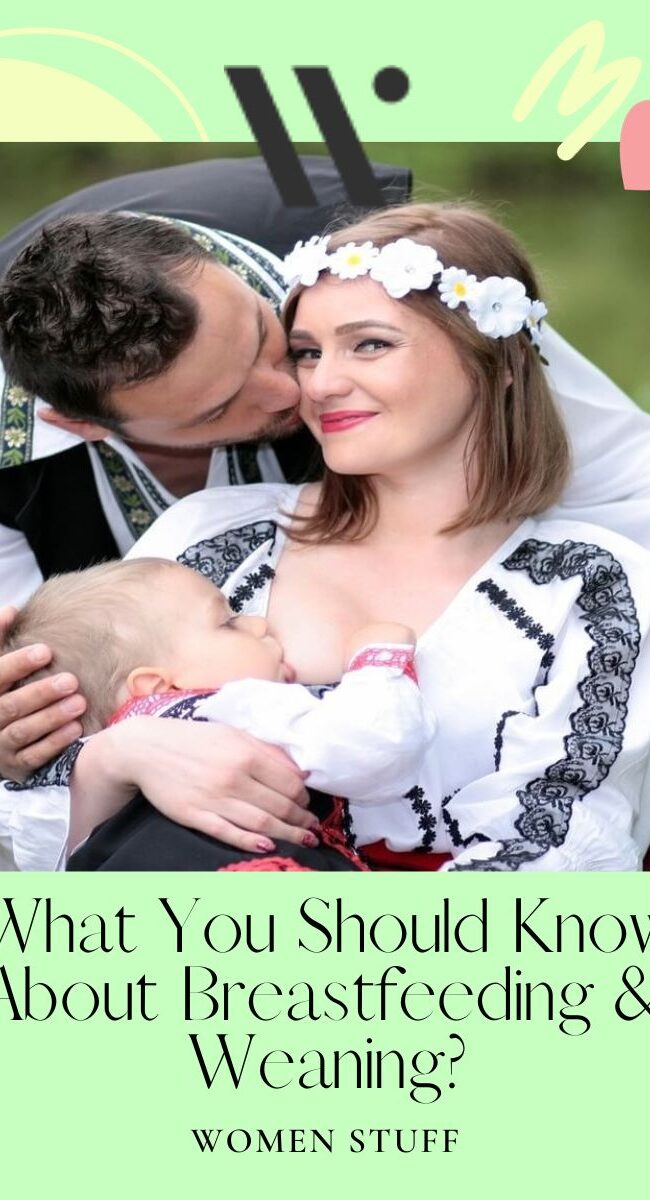
What Are The Highest Paying Jobs For Women In Australia?
Women make up 47.9 percent of all employed individuals in Australia. Of all the employed people throughout the country, women constitute 26.3% of all full-time employees, and a further 21.6% are women who are working part-time. Although there is still work to be done on the gender pay gap, which is sitting at 14.2%, the number of women working in Australia is on the rise, and in high-paying positions as well. To fully understand the working woman of today we must first go back and understand the struggles the first working women dealt with.
History of Working Women

Although it was not traditionally seen as work, women have been actively running and managing households since the beginning of time. In the early days, this would include physically demanding activities such as drawing water and gathering and carrying wood. In Australia, women were required to pick up “men’s” roles during the first and second world wars to replace men who had been conscripted to serve in the Australian forces. By 1944, women had formed 25% of the workforce but the perceived ideology remained that a woman’s place was at home and expected to return to their role when the war ended.
By the 1950s, women were feeling the value of being in the workforce and did not want to give up the freedom that working brought them. However, they were still only being paid 75% of the male wage. Discrimination and sexism were highly common throughout this era as men struggled to adjust to the new norm of women finding a place for themselves in the working world. Things continued to change with the introduction of the reproductive pill in 1960, allowing women higher control over their bodies and allowing them to remain in the workforce longer, as the expectation remained that they would resign once they got married and were to start a family.
Many more things were to occur to support women progressing in the workplace but skipping ahead to 2018, participation of women in the workplace had increased to 60.6%. Women are also now graduating with bachelor’s degrees at higher rates than men, opening new pathways to more enriching and higher-paying careers.
The Highest Paying Careers
According to the Australian Bureau of Statistics, some of the careers for women that yield the highest salaries in Australia include:
- Medical practitioners
- Pharmacists
- Legal professionals (lawyers)
- Dentists
- Veterinarians
- Engineers (civil, chemical, and mining)
- Architects
- IT managers
- Financial managers
Studying to Work
 Each of the above-mentioned careers requires a high level of dedication and education on behalf of the individual involved. The goal of each of these careers is to obtain a higher-than-average wage due to hard work, and women are leading the way in many of these as mentioned above due to graduating bachelor’s degrees at a higher rate than men since 2018.
Each of the above-mentioned careers requires a high level of dedication and education on behalf of the individual involved. The goal of each of these careers is to obtain a higher-than-average wage due to hard work, and women are leading the way in many of these as mentioned above due to graduating bachelor’s degrees at a higher rate than men since 2018.
An example of a high-paying industry is the legal profession where women are earning around $185,000. This covers a broad range of areas, as the law is so diverse, but some of the highest paying law jobs include judges, where a female can earn up to $380,000, a magistrate up to $277,000, and a lawyer up to $112,000. A magistrate is even now seen to be earning more than their male counterparts by upwards of $5,000 yearly.
Gender Segregated Positions
Construction and IT (technology), while listed above as some of the highest-paying careers for women in the workforce, the Workplace Gender Equality Agency still lists these roles as predominantly male. With the IT industry seeing more female movement and going towards mixed participation. Where construction in 2018 research was still seen to be leaning more towards male dominated. This segregation goes both ways with health care and education still being listed as predominantly female-orientated roles. The problem is engrained culturally and while work is being done by the government to rectify this. Culture becomes a problem with companies still seeing certain roles as being driven by a specific gender. An example of this could be an aged care facility assuming its residents would prefer to be supported by a female worker due to the innate caring factor of the role. Where logically a male can do the role just as well but looked over when hiring due to the perception. Truck driving is an industry that has seen growth for women jumping from 2.9% in the 1980s to 4% in 2021-22.
While gender segregation and the pay gap are still appearing in today’s society, women have made a mark on the Australian workforce and made it clear they are not going anywhere. Many women are choosing to work towards a career rather than the gendered roles of the 1950s and this is seen through an increasing number of industries starting to offer higher wages to attract those highly-educated women. With many professional roles now being filled by women, it is hopefully sooner rather than later that we will see even more high-paying roles for women in Australia.





